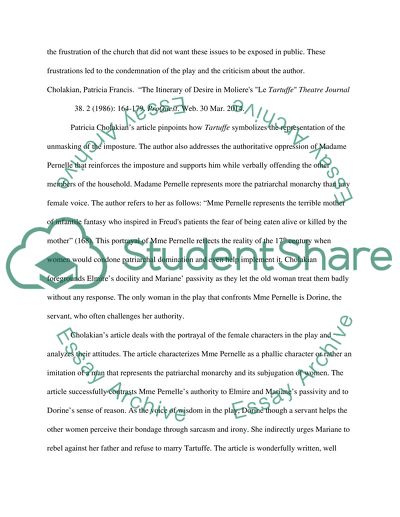Cite this document
(“Tartuffe by Moliere Annotated Bibliography Example | Topics and Well Written Essays - 1750 words - 1”, n.d.)
Retrieved de https://studentshare.org/literature/1636874-tartuffe-by-moliere
Retrieved de https://studentshare.org/literature/1636874-tartuffe-by-moliere
(Tartuffe by Moliere Annotated Bibliography Example | Topics and Well Written Essays - 1750 Words - 1)
https://studentshare.org/literature/1636874-tartuffe-by-moliere.
https://studentshare.org/literature/1636874-tartuffe-by-moliere.
“Tartuffe by Moliere Annotated Bibliography Example | Topics and Well Written Essays - 1750 Words - 1”, n.d. https://studentshare.org/literature/1636874-tartuffe-by-moliere.


